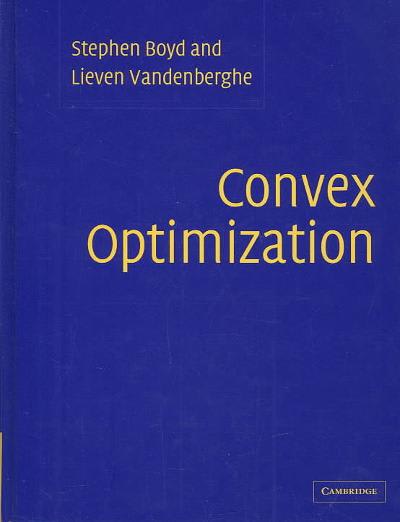Question
1. Suppose you are testing the hypotheses H0:=0.42 and Ha: <0.42, and the observed statistic, p^, is equal to 0.27 with a sample size of
1. Suppose you are testing the hypotheses H0:=0.42 and Ha:<0.42, and the observed statistic, p^, is equal to 0.27 with a sample size of 151.
(a) If you are using a proportion as your statistic, where do you expect your null distribution to be centered?
(b) If you are using a count as your statistic, where do you expect your null distribution to be centered?
2. An environmental science teacher at a high school with a large population of students was curious whether the majority (more than half) of students at the school regularly recycle plastic bottles. The teacher selected a random sample of 146 students at the school to interview, then asked each student: "Do you recycle plastic bottles more often than you throw them in the trash?" (Yes/No). Suppose that 89 of the students answered "Yes".How could we use coins, a spinner, or cards to simulate one of the samples in the simulated null distribution? Select all that apply.
A) Flip a coin 146 times, where heads represents "answered Yes". Count the number of heads in 146 flips.
B) Create a spinner with 50% shaded to represent "answered Yes". Spin the spinner 146 times and count the number of times the spinner lands in the shaded area.
C) Have 5 black cards and 5 red cards where black represents "answered Yes". Draw with replacement from the cards 146 times and count the number of times a black card is drawn.
D) Create a spinner with 61% shaded to represent "answered Yes". Spin the spinner 146 times and count the number of times the spinner lands in the shaded area.
3. A study conducted by the National Center for Health Statistics as part of the Center for Disease Control and Prevention (CDC) found that, as of 2015-2016, 39.6% of Americans over the age of 20 fit the medical definition of being obese (BMI of 30 or higher). A city known for its plentiful outdoor opportunities believes that number is lower among its residents. A representative sample of 80 city residents is collected and the BMI calculated for each (based on reported height and weight). The variable of interest is whether the resident fit the medical definition of obese. The study found 22 people in the sample fit the medical definition of obese.Once more, let 'A' represent the standard deviation. How should the p-value be calculated for this test? Select all that apply.
A) Find the proportion of samples at or below 0.275 on a simulated null distribution.
B) Find the area below A on a Standard Normal distribution.
C) Find the area below the standardized statistic on the Standard Normal distribution.
D) Find the area below 0.275 on a Normal distribution centered at the null value with standard deviation A.
4. When President Trump took office in 2016, a Gallup poll reported that 55% of Americans supported stricter laws covering the sale of firearms. In 2020, the same poll was conducted on a representative sample of 943 Americans, and 64% of those surveyed supported stricter laws covering the sale of firearms. Has the percent of Americans supporting stricter laws covering the sale of firearms increased from 2016?Fill in the appropriate inputs to the Theory-Based Inference applet to conduct a theory-based test for this scenario.
| n: | |
| count: | |
sample(p^): |
Step by Step Solution
There are 3 Steps involved in it
Step: 1

Get Instant Access to Expert-Tailored Solutions
See step-by-step solutions with expert insights and AI powered tools for academic success
Step: 2

Step: 3

Ace Your Homework with AI
Get the answers you need in no time with our AI-driven, step-by-step assistance
Get Started


